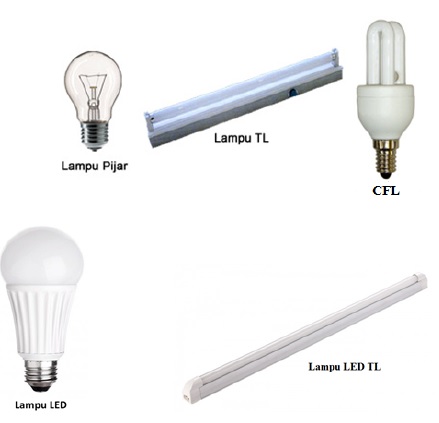Analisis Retrofit Lampu Di Kantor Wilayah BRI Denpasar Dengan Metode Life Cycle Cost
Abstract
Lighting is one of the primary needs of humans wherever they are, because the presence of lighting will greatly help human activities and productivity. The more the number of people the need for lighting also increases. This means that it is directly proportional to electricity needs. In this study the calculation of the savings of LED lights was carried out using the Life Cycle Cost (LCC) method in BRI Regional Office buildings in Denpasar. As a result, the replacement cost for the Philips brand LED costs Rp.145,093,000.00. Energy saving obtained is equal to 11,309.49 kWh per month, so the bill savings obtained with the electricity tariff per kWH Rp.1,117.00 is Rp.12,632,700.00 every month. The operational cost of LED lights was originally Rp.132,172,421.00 will experience a gradation of inflation rate of 4.2% so that during the life time of the lamp (4 years) it will be a total of Rp.562,939,535.08. The total LED LCC is Rp.708,032,535.08 with a period of 4 (four) years, while the total existing LCC lights are Rp.628,293,771.91 with a period of 2 (two) years. The economic feasibility study using the PBP method shows results that are feasible to be accepted, but for the NPV method, the IRR and PI show results that have not been properly received. Based on calculations using the NPV method and PI, it can be seen that to be a feasible outcome, the initial cost is a maximum of Rp.108,468,555.35.
Downloads
References
2018.
[2] Sudirman Palaloi, “Pengujian Dan Analisis Umur Pakai Lampu Ligt Emitting Diode (LED) Swabalast Untuk Pencahayaan Umum”, 2015.
[3] DOE, Technical Support Document : “Energy Efficiency Standards For Consumer Product And Commercial And Industrial Equipment”, U.S Department of Energy , May 2013.
[4] White GE & Ostwald PF, “Life Cycle Costing”, Mgmt Accounting, January, p. 39, 1976.
[5] E.L. Maout, and H. Kato, “Life Cycle Cost-Estimation Model for Building, Operating, and Maintaining High-Speed Rail Systems”, Asian Transport Studies, Vol. 4, pp. 245-260, Issue 1, 2016.
[6] Chowdhury Akram Hossain, Nusrat Chowdhury, Michela Longo, and Wahiba Yaïci, “"System and Cost Analysis of Stand-Alone Solar Home System Applied to a Developing Country”, MDPI, Vol. 11(5), pp. 1-13, March 2019.
[7] Foster, R. Ghassemi M, Cota, A, “Solar Energy Renewable Energy and The Environment”, Boca Raton FL, CRC Press, 2010.
[8] Halim, A., “Analisis Kelayakan Investasi”, Graha Ilmu, Yogyakarta, 2009.
[9] Suad Husnan, Suwarsono Muhammad, “Studi Kelayakan Proyek”, UPP AMP YKPN, Yogyakarta, 2000.
[10] Sugirianta, Ida Bagus Ketut, Giriantari, IAD, and Kumara, I Nyoman. "Analisa Keekonomian Tarif Penjualan Listrik Pembangkit Listrik Tenaga Surya 1 MWp Bangli Dengan Metode Life Cycle Cost" Majalah Ilmiah Teknologi Elektro [Online], Vol. 15 Number 2 (4 December 2016).[11] Kadariah, “Pengaar Evaluasi Pr yek”, Lembaga Penerbit FE UI, Jakarta, 1999.


This work is licensed under a Creative Commons Attribution-NonCommercial-NoDerivatives 4.0 International License.

This work is licensed under a Creative Commons Attribution 4.0 International License




